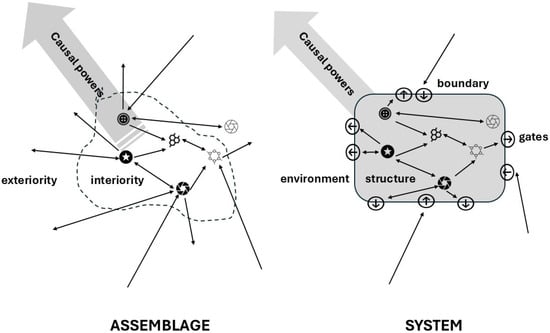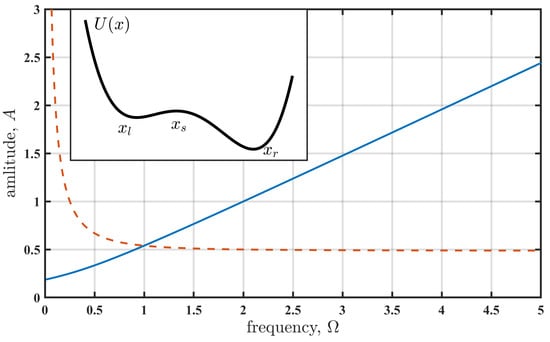-
 Ion-Based Characterization of Laser Beam Profiles for Quantum Information Processing
Ion-Based Characterization of Laser Beam Profiles for Quantum Information Processing -
 Entropy Production and Irreversibility in the Linearized Stochastic Amari Neural Model
Entropy Production and Irreversibility in the Linearized Stochastic Amari Neural Model -
 Ordinal Spectrum: Mapping Ordinal Patterns into Frequency Domain
Ordinal Spectrum: Mapping Ordinal Patterns into Frequency Domain -
 Heat Conduction Model Based on the Explicit Euler Method for Non-Stationary Cases
Heat Conduction Model Based on the Explicit Euler Method for Non-Stationary Cases -
 A Bayesian ARMA Probability Density Estimator
A Bayesian ARMA Probability Density Estimator
Journal Description
Entropy
- Open Access— free for readers, with article processing charges (APC) paid by authors or their institutions.
- High Visibility: indexed within Scopus, SCIE (Web of Science), Inspec, PubMed, PMC, Astrophysics Data System, and other databases.
- Journal Rank: JCR - Q2 (Physics, Multidisciplinary) / CiteScore - Q1 (Mathematical Physics)
- Rapid Publication: manuscripts are peer-reviewed and a first decision is provided to authors approximately 21.8 days after submission; acceptance to publication is undertaken in 2.6 days (median values for papers published in this journal in the first half of 2025).
- Recognition of Reviewers: reviewers who provide timely, thorough peer-review reports receive vouchers entitling them to a discount on the APC of their next publication in any MDPI journal, in appreciation of the work done.
- Testimonials: See what our editors and authors say about Entropy.
- Companion journals for Entropy include: Foundations, Thermo and Complexities.
Latest Articles
Highly Accessed Articles
Latest Books
E-Mail Alert
News
Topics
Deadline: 6 January 2026
Deadline: 31 January 2026
Deadline: 28 February 2026
Deadline: 31 March 2026
Conferences
Special Issues
Deadline: 30 December 2025
Deadline: 31 December 2025
Deadline: 31 December 2025
Deadline: 31 December 2025






















